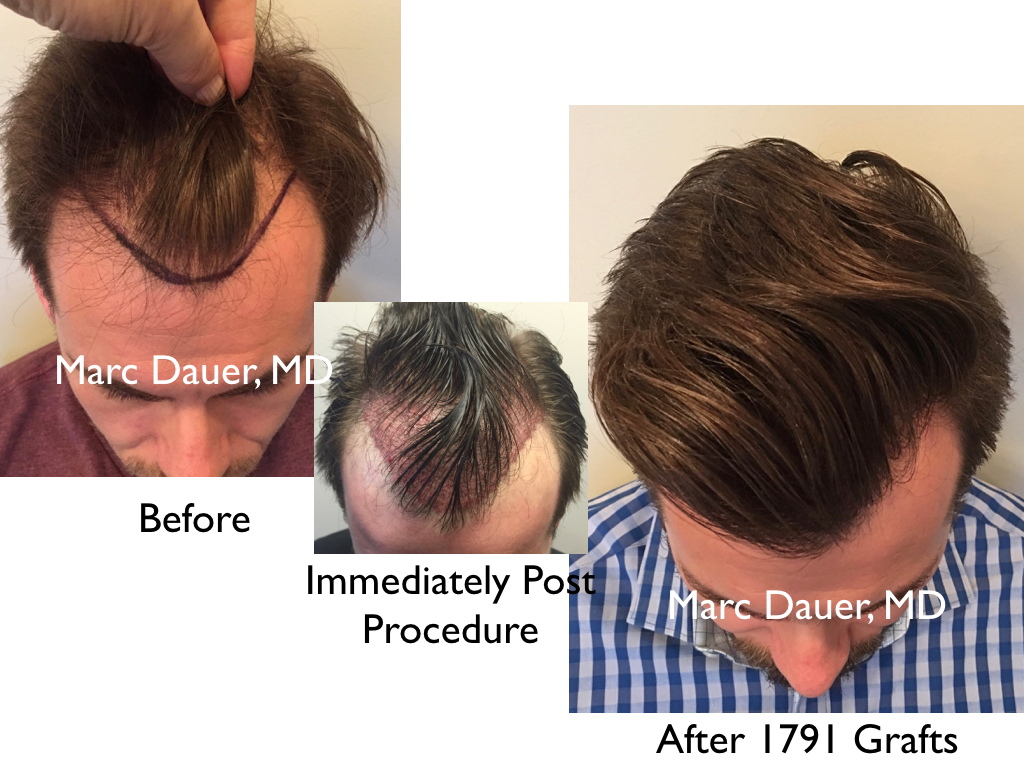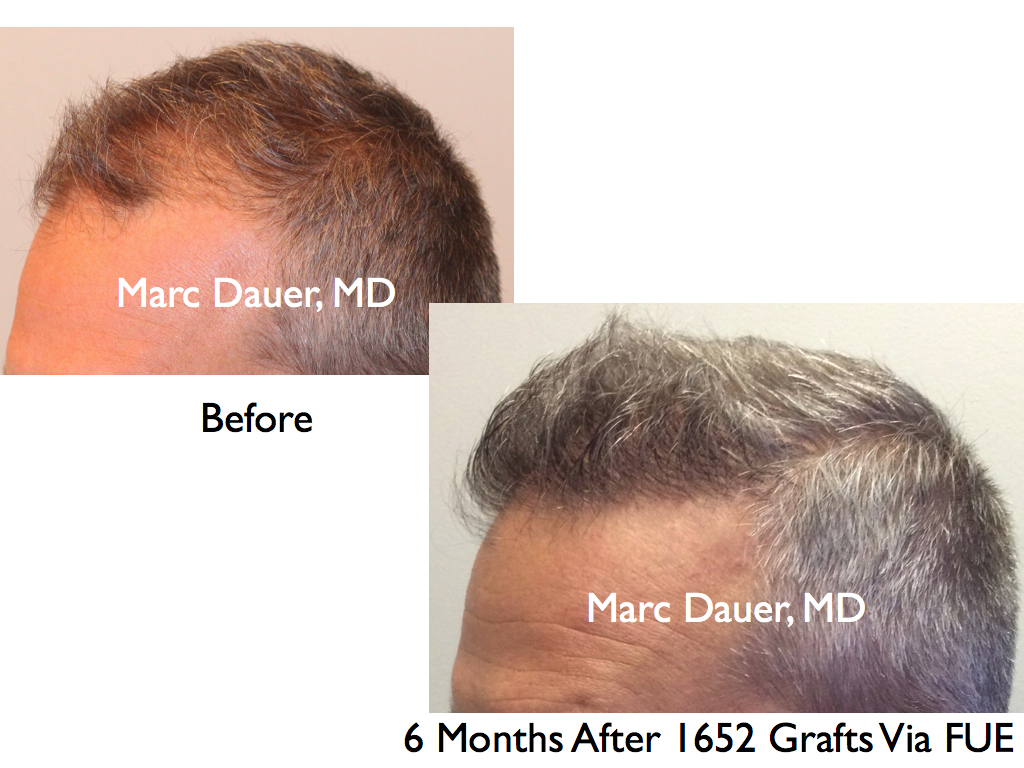Table Of Content

Years of research have since been done and in fact, all confirm that hair transplant procedures are proven as a safe and permanent solution for restoring your hair. The National Institutes of Health (NIH) states that the average survival rate of hair grafts is now 90% to 100% when performed by a qualified physician and team. For most people, new growth will be noticeable approximately 3 months after a hair transplant procedure, but it can take up to 12 months to see full results. After a hair transplant, most patients feel itching in the donor and transplanted areas of the scalp because of the incisions that were made. The appearance of crusts (scabs) and new hair growth causes itching.
What are the risks of hair transplant surgery?
The cost of a hair transplant will vary based on the number of grafts, the technique used, and the qualifications of your healthcare provider. There is another type of hair transplantation, which is beard and mustache transplantation. It is prevalent among men who suffer from a lack of beard hair growth or thinning. With any of the three surgeries, the recovery time lasts between three to six months with some redness, scabbing, or swelling.
Negative reaction to anesthesia
This depends on the degree of baldness and the density of the donor area. For example, some people need more than one or two sessions to cover baldness completely. The area is then sutured, and the grafts are taken from the removed strip and implanted in the balding area. Turkey is amongst the leading destinations for hair transplants; the cost of a hair transplant in Turkey ranges between $1850 to $2800, and in some centers, it may reach $3500. So it would be an excellent choice to go for a hair transplant in Turkey.
When to talk to a doctor
Having expectations contributes to satisfaction and a positive overall experience. It’s a common occurrence where transplanted hair falls out within two months after surgery. The recovery or healing period after a hair transplant will vary from patient to patient.
Follicular unit strip surgery (FUSS)
However, in healthy economies such as Turkey’s, affordable healthcare is normal. An abundant blood flow to the head promotes rapid healing and helps prevent infections. Approximately only one percent of patients have an infection following surgery. Once transplanted, the grown hair requires care just like existing hair.
Your care team will let you know when you can resume activities like showering or using shampoo. You can expect a hair transplant to take between four and eight hours. If you are having a large amount of hair transplanted, you may need to return for a few hours the next day. If the exam and tests show that you are a good candidate for a hair transplant, your dermatologist can tell you what results you can expect. A full head of hair may be unrealistic, but a fuller head of hair can be the goal. A dermatologist is a medical doctor who specializes in treating the skin, hair, and nails.

Procedure for FUE hair transplant
The large “bunches” of grafts often resulted in unnatural-looking hairlines, unsightly patches, and even gaps of missing hair. An FUT or FUE does not leave patches or gaps and helps the hair grow in a more natural way. Bosley’s FUE restoration technique creates a hairline that looks completely natural. As much as you might believe a hair transplant could be the right move for you, not every person with hair loss is a suitable candidate. Although it differs from office to office and country to country, candidates should generally be over 20 and under 65 with relatively stable hair loss patterns. During the Ice DHI process, hair grafts are extracted one by one from the donor area and inserted into the recipient area through a special tool called the DHI Choi Pen.
Hair Transplant Global Market Report 2023 - Yahoo Finance
Hair Transplant Global Market Report 2023.
Posted: Fri, 04 Aug 2023 07:00:00 GMT [source]
BioGraft combines Hair Club’s Xtrands+ with Bosley’s Follicular Unit Extraction (FUE) to give you a full head of great-looking hair. Here we talked in detail about the process of eyebrow transplantation. So, if it is done by a doctor who cannot transplant naturally, it may lead to an unpleasant appearance. They can also be done elsewhere on your body where hair is thin or absent. An unwarranted haircut or color could bring up feelings of inadequacy.
Braids or protective styles could lead to exterior unprofessionalism, leading to loss of jobs or missed opportunities. Short hair can allude to boldness for going against the age-old stereotype that women are to have long hair. Hair can be a beautiful tribute to your heritage or a crown of pride, regardless of what texture or style you wear. And seeing your hair shed regularly or continuously thin in one area can be alarming. Treatment may also be necessary for complications after surgery, such as infection, which can involve spending money on visits to the doctor and additional medications.
A hair transplant typically costs between $4,000 and $15,000, varying depending on the procedure and clinic. It’s possible to develop an infection either at the donor site or at the area where hair follicles are implanted. Serious infections are rare and occur in less than 1 percent of hair implantation surgeries. The patient will typically have several follow-up appointments with the surgeon to monitor the progress of the transplanted hair and ensure that the healing process is going smoothly. Prior to the procedure, the surgeon will trim the hair in the donor area (usually the back of the head) and administer a local anesthesia to the scalp.
However, taking skin from the chin, back, or chest can also prove effective. Using body hair may be helpful for people who do not have thick hair on the back or sides of their head. During a hair transplant, a surgeon removes follicles from a dense area of hair, such as the back of the head, which they will refer to as the donor area.
How Turkey took the crown as hair transplant capital of the world - The Times
How Turkey took the crown as hair transplant capital of the world.
Posted: Fri, 05 Jan 2024 08:00:00 GMT [source]
Your healthcare provider will then implant these hair grafts into the balding areas of your scalp or beard. Once healed, the transplanted hair should continue to grow for a lifetime. The use of both scalp flaps, in which a band of tissue with its original blood supply is shifted to the continue bald area, and free grafts dates back to the 19th century.
Typically, people who’ve had a hair transplant will continue to grow hair in the transplanted areas of the scalp. Your surgeon will have you wear bandages over your scalp for at least a day or two. They may also prescribe an antibiotic or an anti-inflammatory drug for you to take for several days.

No comments:
Post a Comment